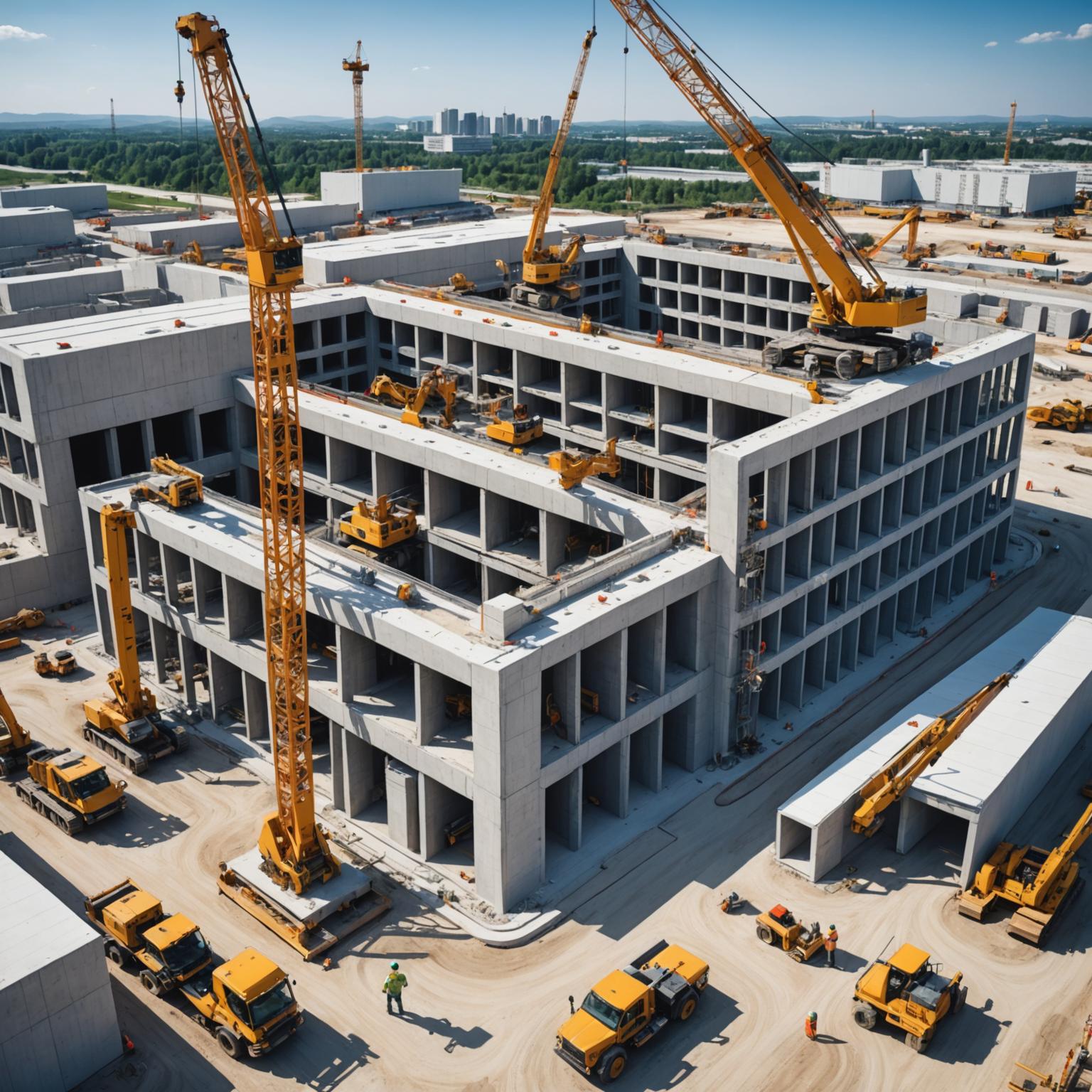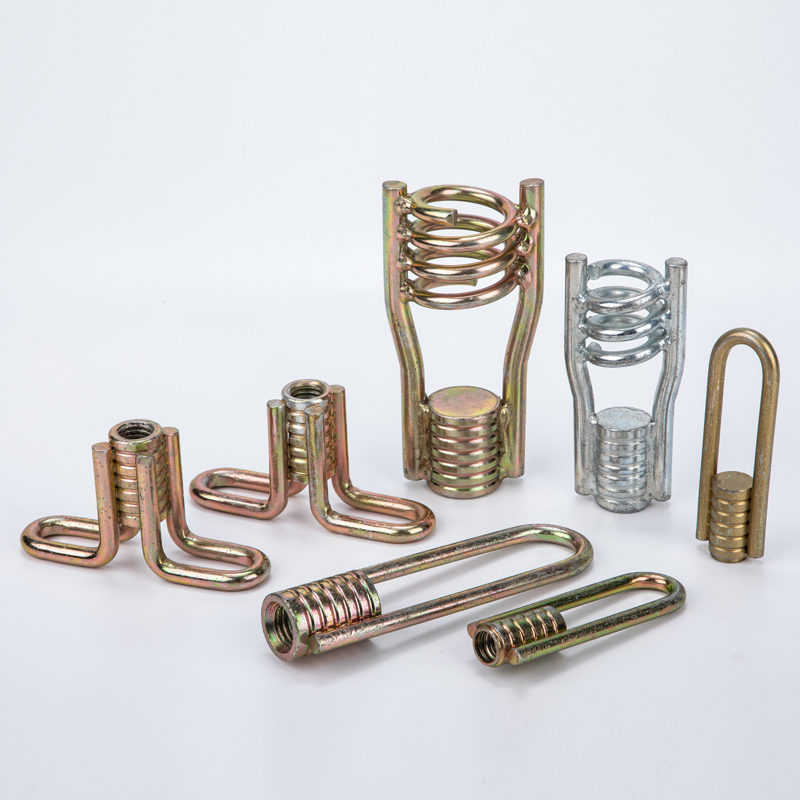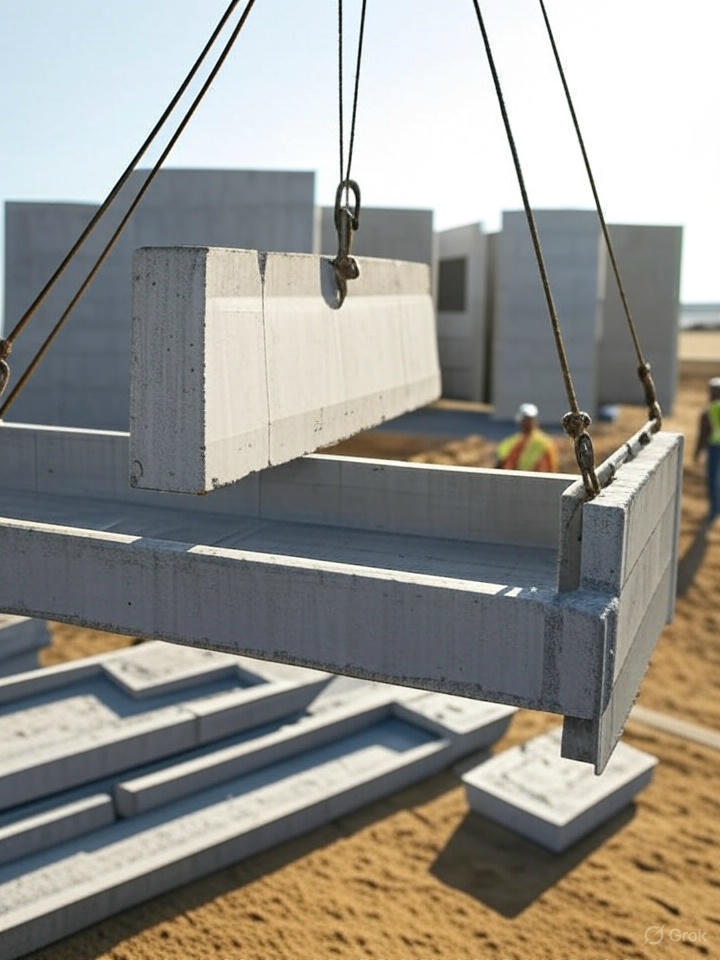In the ever-evolving world of construction materials, innovations are constantly sought to improve durability, efficiency, and performance. One such advancement is the plastic nailing plate, a modern alternative to traditional metal connectors that is redefining how timber structures are joined and reinforced. These components offer a host of technical advantages that address the shortcomings of their metal counterparts, paving the way for more resilient and energy-efficient buildings.
Understanding the Role of a Nailing Plate in Construction
A nailing plate, at its core, is a simple yet critical component in timber frame construction. Traditionally, this took the form of a galvanized steel plate with integrated, sharp teeth or spikes, designed to connect two or more pieces of lumber in the same plane. When pressed into the wood, usually with a hydraulic press in a factory setting, these teeth embed themselves deep into the wood fibers. This action creates a strong, rigid joint capable of transferring loads between the connected timber members. This method is fundamental in the pre-fabrication of roof trusses, floor trusses, and wall panels, providing the structural integrity required to bear significant loads throughout the life of a building. The strength and reliability of the traditional metal nailing plate have made it an industry standard for decades, serving as the backbone for countless residential and commercial structures.
The Technical Superiority of the Plastic Nailing Plate
The emergence of the plastic nailing plate represents a significant leap forward in material science for building applications. These plates are not made from simple, everyday plastic; they are typically engineered from advanced polymer composites, such as glass-fiber reinforced plastics (GFRP) or other high-strength, durable thermoplastics. This sophisticated material composition bestows a range of technical advantages over galvanized steel. The most significant benefit is complete immunity to corrosion. Unlike steel, which can eventually rust and lose its structural capacity in humid, chemical, or coastal environments, a composite plastic plate will not degrade, ensuring superior long-term performance in challenging conditions. Furthermore, plastic is a poor conductor of heat. This property drastically reduces thermal bridging—the phenomenon where heat bypasses insulation by traveling through conductive materials like steel connectors. By using a plastic nailing plate, builders can create a more thermally efficient building envelope, reducing energy consumption for heating and cooling. The material is also inherently a dielectric, meaning it does not conduct electricity, which adds a valuable layer of safety in constructions where electrical wiring runs in close proximity to the structural frame.
Installation Protocols and Applications for Plastic Plates
The installation of a plastic nailing plate largely mirrors the process for its metal equivalent, which facilitates an easy transition for truss manufacturers and on-site builders. In controlled factory environments, large hydraulic C-presses apply thousands of pounds of pressure to embed the plate’s teeth firmly and evenly into the timber members, creating a robust and reliable connection. The lightweight nature of these plastic components is a notable benefit during every phase of handling, from shipping to on-site assembly, reducing worker fatigue and improving logistical efficiency. A primary application for this type of construction nailing plate is in any structure where moisture or chemical exposure is a persistent concern, such as in agricultural buildings, swimming pool enclosures, and structures near marine environments. They are also ideal for projects requiring non-magnetic or non-conductive properties, such as in the construction of certain medical imaging facilities or research labs where metallic interference must be avoided.
The Future of Structural Connections: A Shift in Materials
In conclusion, the plastic construction nailing plate offers a compelling suite of technical benefits that directly address many of the limitations inherent in traditional metal connectors. Its complete resistance to corrosion, superior thermal insulation performance, and lightweight properties make it a truly innovative solution for modern, energy-efficient, and long-lasting construction projects. While the conventional metal plate remains a cornerstone of the industry, the advanced engineering behind polymer composite alternatives signals a clear direction for the future of structural connections. As architects, engineers, and builders continue to prioritize whole-life performance and resilience against environmental factors, the adoption of this advanced construction nailing plate is set to grow, securing its place as a vital component for 21st-century building.







